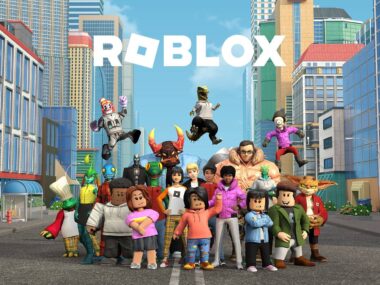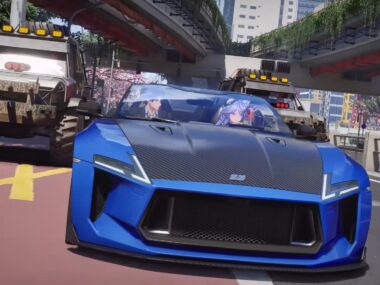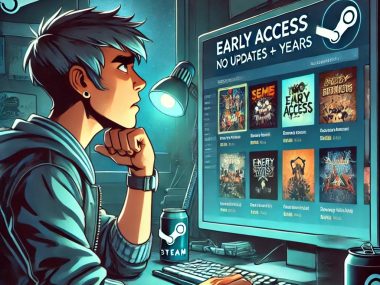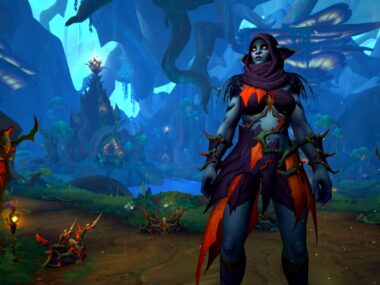Do you remember the days when you paid less for new video game releases?
Initially, a new game cost around $50, but over the years, $60 became the standard for big-budget titles. And today? Publishers are pushing $70 as the norm, with some aiming even higher. Reports suggest that Take-Two Interactive is considering selling Grand Theft Auto 6 for as high as $100.
Despite games costing more, players aren’t seeing any added benefits of having to pay extra.
From Physical to Digital
Originally, video games were only available on physical media like discs or cartridges. But with the rise of the internet, the industry shifted to digital distribution in the early 2000s.
Buying and downloading games online became more popular by the late 2000s and throughout the 2010s. Digital game sales surpassed physical sales for the first time in 2020, and by 2024, over 95% of the world’s gaming revenue came from digital purchases.
Where Did the Savings Go?
The shift from physical discs to digital downloads was supposed to make games cheaper, right? After all, publishers no longer have to worry about:
✅ Manufacturing costs – No more pressing discs, printing manuals, or assembling cases.
✅ Retailer markups – Digital copies mean retailers like GameStop and Best Buy no longer take a cut.
✅ Shipping & storage fees – No warehouses, no trucks, and no physical distribution network.
✅ Unsold inventory – No risk of overproducing copies and losing money on excess stock.
That’s a lot of money saved. So why haven’t digital game prices dropped? The answer is simple: publishers realized they could keep those extra profits instead of passing the savings on to consumers.
While digital distribution may be cheaper than physical, publishers still pay platform fees to services like Steam, which takes around a 30% cut. However, these fees are still lower than the total costs of physical distribution, especially since platforms like Steam and Xbox Game Pass provide features like cloud saves and a centralized game library. Some publishers, like EA and Ubisoft, have even developed their own game launchers to keep all the revenue for themselves.
And yet, despite all these cost-saving measures, game prices continue to rise.
Gaming Companies Want More—And Gamers Let Them Get Away With It
Many publishers justify rising prices by citing increased development costs.
A single AAA game can cost hundreds of millions of dollars, with development cycles lasting several years as studios invest in the latest technology. As games become more cinematic and story-driven, companies are pouring money into motion capture and hiring Hollywood actors for voice work.
Yes, AAA games are more expensive to make. But here’s the thing—publishers have found new revenue streams yet continue to raise prices.
🎮 Deluxe Editions & Early Access – Games are now sold in multiple tiers, with $100+ editions granting early access.
🎮 Battle Passes & Microtransactions – Even single-player games charge extra for cosmetics or experience boosts.
🎮 Live Service Models – Many games are designed to keep players spending long after launch through expansions, paid cosmetics, or subscriptions.
Hell, World of Warcraft’s $90 mount costs more than the base game for crying out loud! Meanwhile, indie studios with far smaller budgets (Hollow Knight, Hades, Valheim) continue to prove that great games don’t require multi-million-dollar investments.
Full Price, But Not a Full Game
It’s bad enough that games cost more, but many don’t even feel complete at launch. Publishers now expect players to pay extra for content that would have been part of the base game years ago.
🛑 Cyberpunk 2077 was broken at launch, requiring years of patches.
🛑 The price of Mortal Kombat 1’s Kombat Packs ranged from $10 to $30, depending on the platform.
🛑 Call of Duty: Black Ops 6 locked an XP gain behind a paywall.
We’re paying more for less.
Inflation Affects Everyone—Not Just Publishers
Another common excuse for rising game prices is inflation. While it’s true that costs have increased, publishers ignore the fact that gamers are also feeling the impact.
Everything from rent to groceries has become more expensive, yet wages remain stagnant. Publishers want to adjust prices to keep up with inflation, but many players don’t have that luxury. Expecting consumers to absorb higher costs without question ignores the reality that many are already stretched thin financially.
The Death of Game Ownership
This is where things get worse. When you bought a physical copy of a game, you owned it. You could sell it, lend it, or play it 20 years later.
But with the rise of digital distribution and subscription services like Xbox Game Pass and PlayStation Plus, players are being pushed toward renting rather than owning. While digital games are more convenient and (usually) cheaper than physical copies, they give publishers more control over pricing and availability:
❌ You don’t own your games – You’re paying for a license that can be revoked at any time.
❌ You can’t resell or trade them – No more borrowing from friends or selling games to recover costs.
❌ Games can disappear – If a publisher removes a game from digital stores, you’re out of luck. (The Crew, Battleborn, and others have already been shut down.)
The fact that AB2426 had to be passed into law just to make companies admit that consumers don’t own their digital games speaks volumes. Players have been lied to for years, and the consequences are becoming clear.
What Can We Do About It?
Many gamers justify rising prices by saying, “Well, that’s just how the industry works.” But that’s exactly the problem—publishers keep raising prices because we keep buying their games.
💡 Be informed — Understand that buying digital games doesn’t equal ownership, and demand better consumer protections.
💡 Wait for sales — Don’t reward bad pricing practices. If fewer people buy at launch, publishers will rethink their strategies.
💡 Support fair pricing — Games like Helldivers 2 and Palworld prove that success doesn’t require $70 or $100 price tags.
At the end of the day, companies will charge as much as people are willing to pay. If we want fairer pricing, we have to stop accepting every price hike as inevitable. It’s time for gamers to start pushing back.






